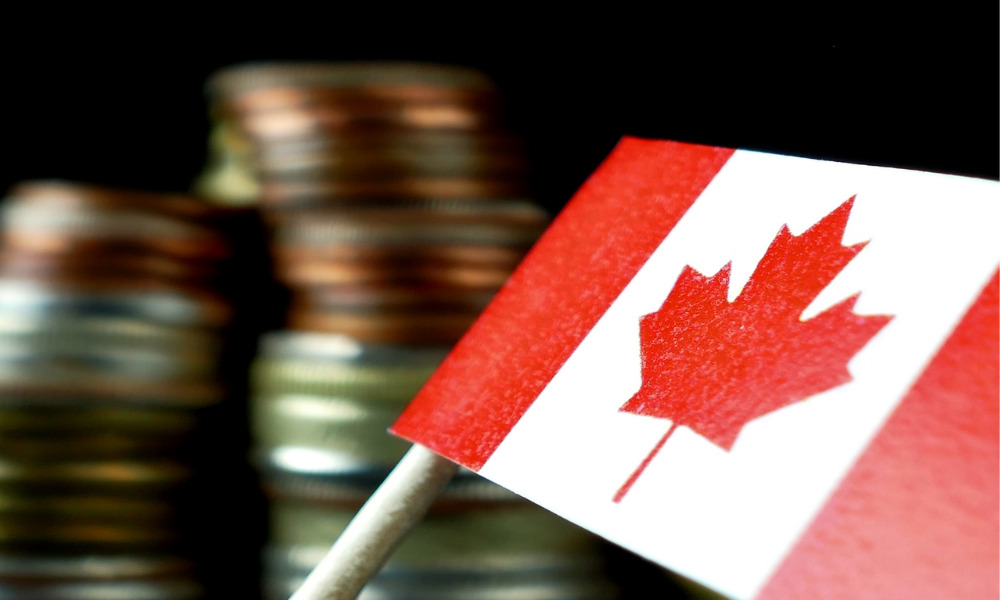Runaway inflation is forcing the Bank of Canada's hand

Multiple economic pressures are making a 0.75% rate hike by the Bank of Canada all but certain, economists suggest.
Chief among these factors is the inflation rate, which reached 7.7% in May. This is its highest point in 39 years, far exceeding the central bank’s 2% target rate.
With the BoC’s overnight rate currently at 1.5%, Governor Tiff Macklem has confirmed the institution’s willingness to wield a stronger hand to rein in runaway numbers.
“We may need to take more interest rate steps to get inflation back to target. Or we may need to move more quickly. We may need to take a larger step,” Macklem said in early June.
A growing number of businesses are also expecting inflation to remain much higher than the BoC’s target beyond the next three years.
“Businesses continue to invest more in equipment to help boost the productivity of a scarce workforce,” Royal Bank of Canada said in a recent analysis. “Businesses continue to plan to hire more, and expect to pay more to do so.”
Read more: Bank of Canada – could it pause rate hikes as market slows?
Expected wage growth over the next year was at 5.8% as of the second quarter, up from 5.2% in Q1 and from 4% a year ago.
“With the economy essentially at full employment, wages starting to stir meaningfully, and headline inflation poised to test 8% in this month’s consumer price index report, the Bank of Canada’s task is clear at next week’s decision,” said Douglas Porter, chief economist at BMO.
“If the bank goes more than 50 basis points, I think the reasoning is they want to ensure expectations don’t get too wild,” added Stephen Gordon, economics professor at Laval University.
However, Gordon stressed that while current economic conditions are indeed inflamed, the risk of a recession is another story altogether.
“I don’t think we’re anywhere near that risk yet, because the policy rate is still low and the economy is running really well,” he argued.


